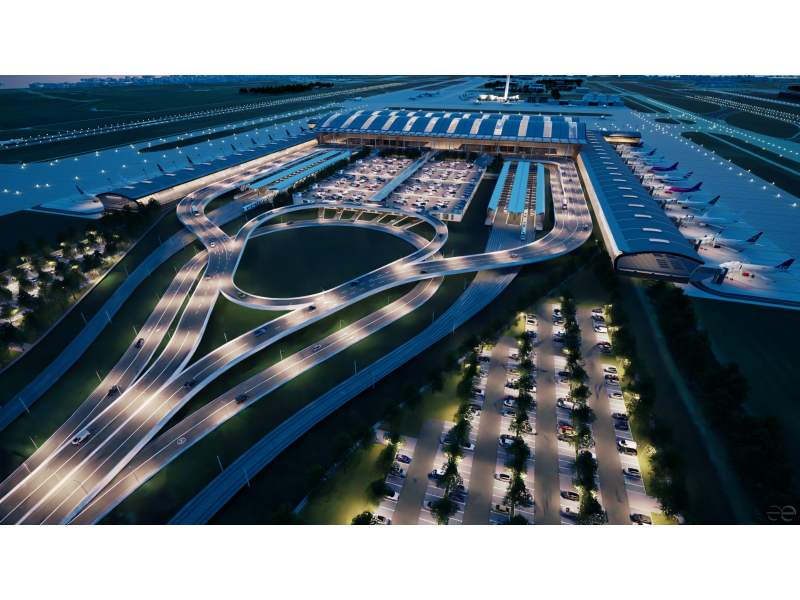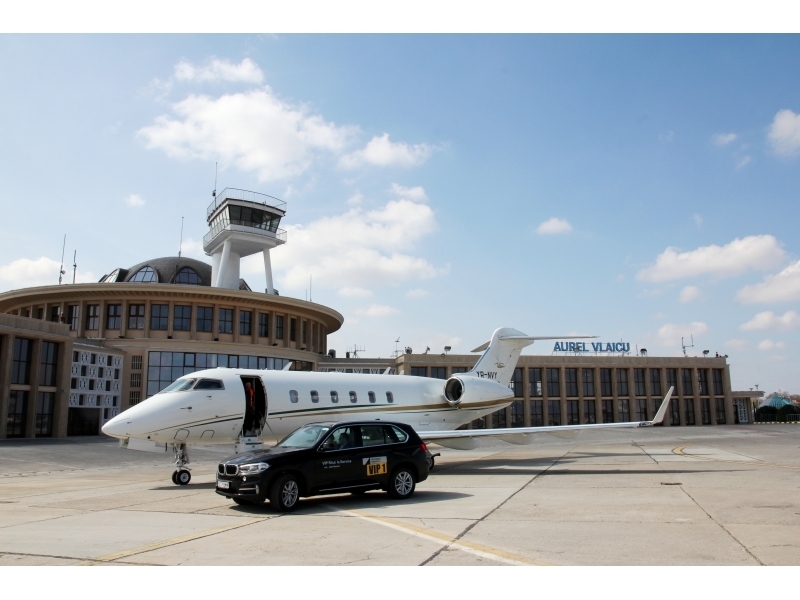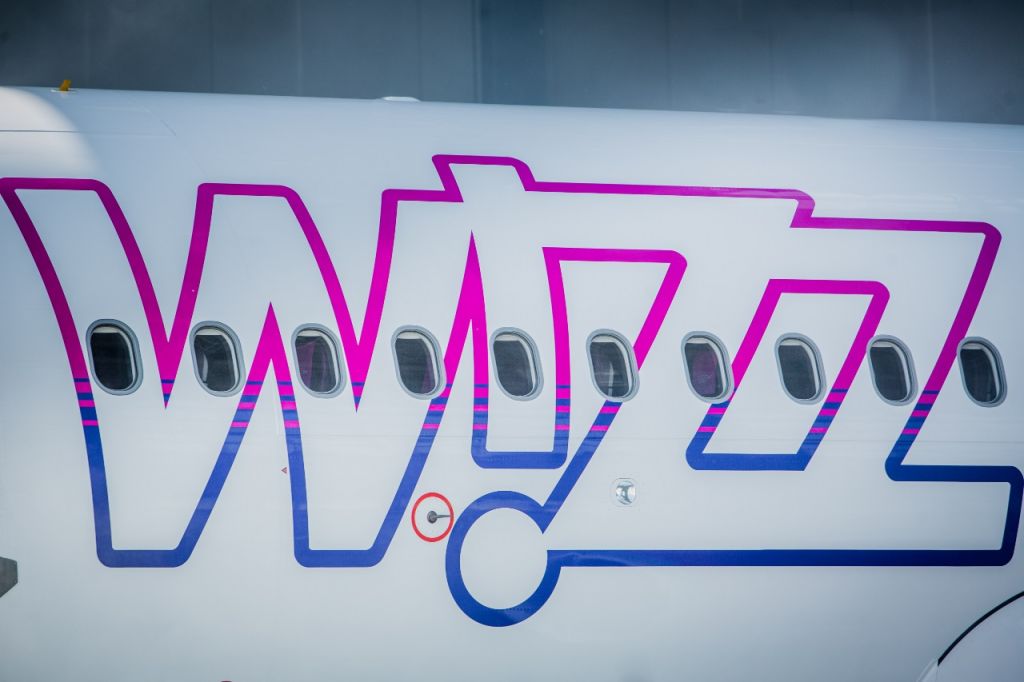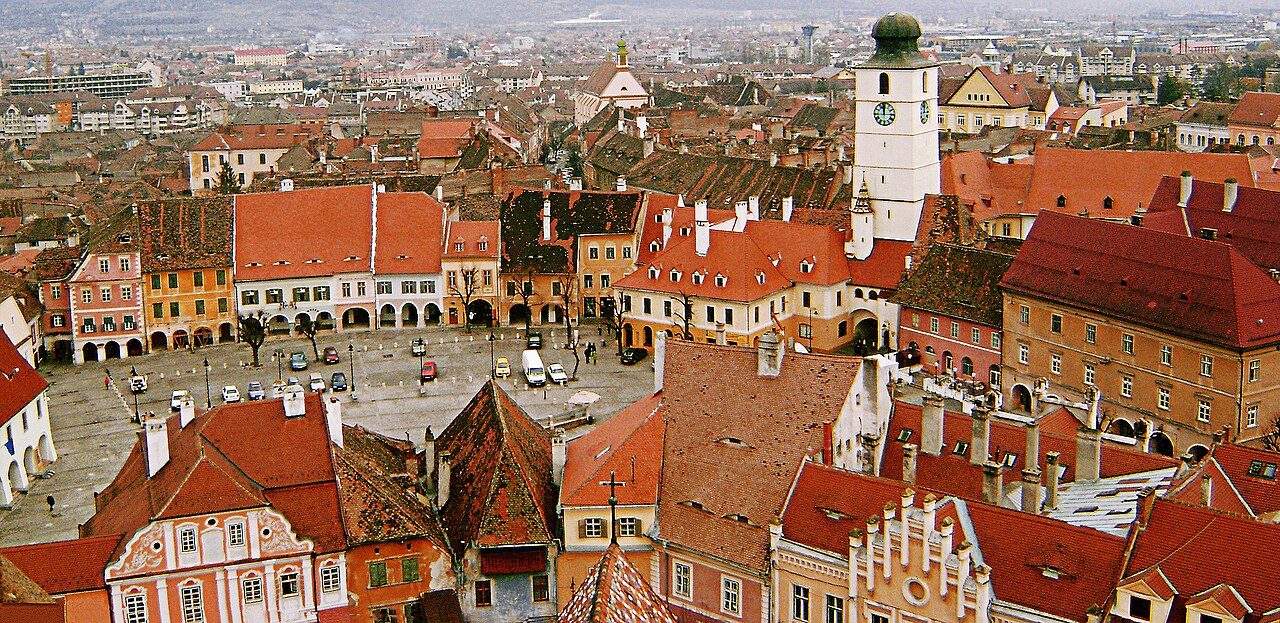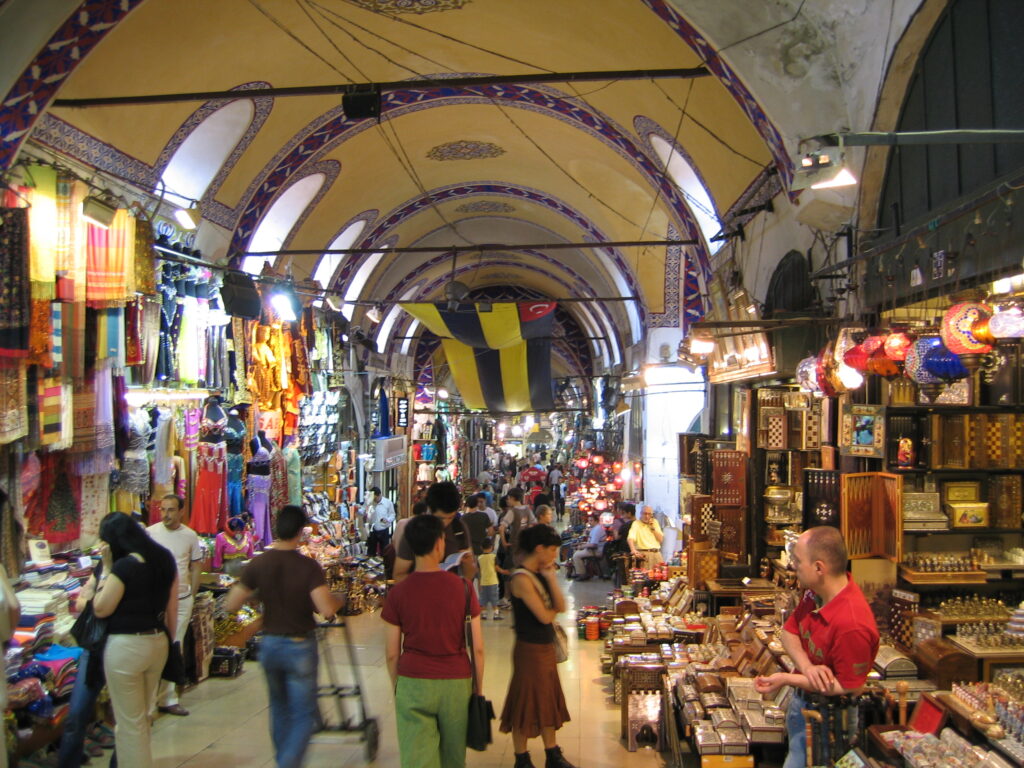The National Airports Company of Bucharest (CNAB) has officially launched the tender for the design of a new terminal and associated infrastructure at Henri Coandă International Airport, marking a major step in the airport’s long-term expansion strategy. The design contract, valued at approximately €40 million, includes concept development, technical documentation, and technical assistance during construction.
The new terminal is a key component of the “Strategic Program for the Development of Airport Infrastructure at Henri Coandă Airport – Bucharest”, aimed at meeting future traffic demands projected for 2040, when the airport expects to serve up to 30 million passengers annually. The deadline for submitting bids is June 16, 2025.
Planned to cover 176,000 square meters, the terminal will feature state-of-the-art facilities to handle up to 6,500 passengers per hour during peak periods. It will be designed as a modular structure, allowing for phased implementation and future expansion.
CNAB’s vision emphasizes innovation and sustainability:
- Smart airport technologies (AI, IoT, BMS)
- Energy-efficient, green solutions (including rainwater reuse and low-impact HVAC systems)
- Enhanced passenger experience through intuitive layouts, natural lighting, and modern amenities
- “Healthy building” principles focusing on air quality, noise reduction, and wellness
- The terminal will accommodate both Schengen and non-Schengen traffic and offer:
- At least 48 new aircraft parking positions, with 20 equipped with boarding bridges
- Spacious check-in, baggage handling, and security control areas
- Dedicated lounges, commercial zones, and advanced information systems
Additional infrastructure developments include a new control tower, fire safety facilities, administrative buildings, extensive access roads, public transport stations, and parking areas. The terminal will be fully integrated with road and rail networks, ensuring seamless connectivity.
As part of the requirements, the selected design firm must employ Building Information Modeling (BIM) to ensure precision and efficiency throughout the design process. CNAB also committed to ongoing stakeholder engagement to support the project’s successful delivery.
In later stages, the strategic program envisions the development of a multimodal cargo platform and a technological park to support logistics and air transport-related industries, further enhancing the airport’s role as a regional hub.


